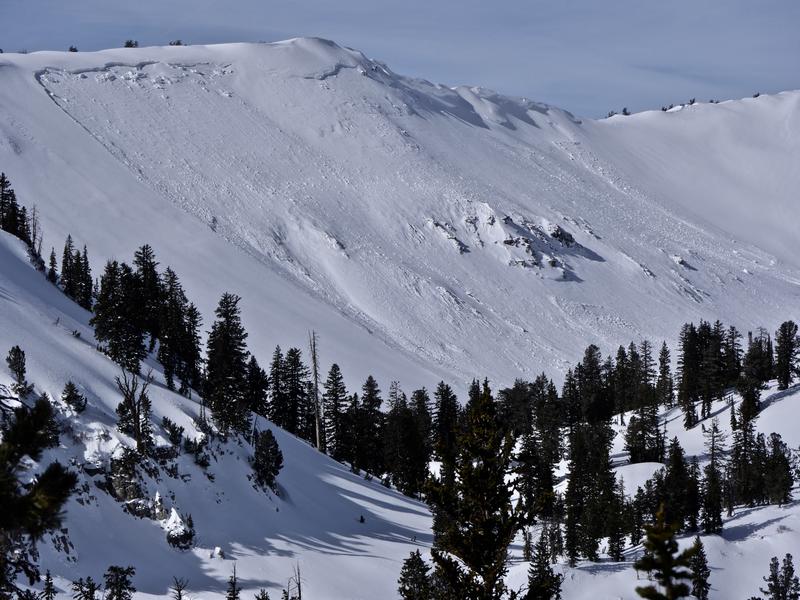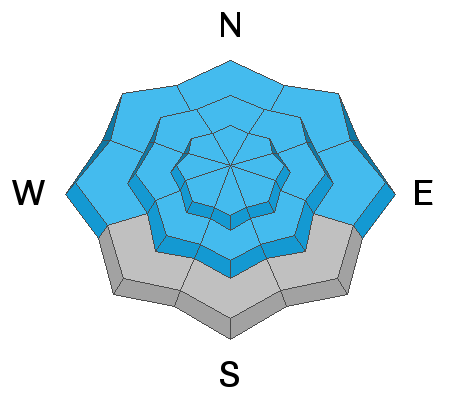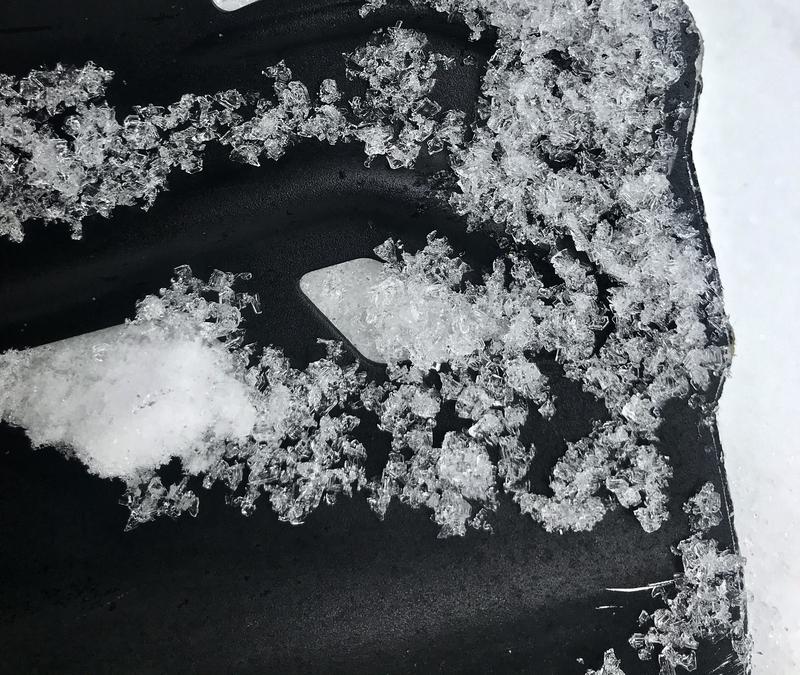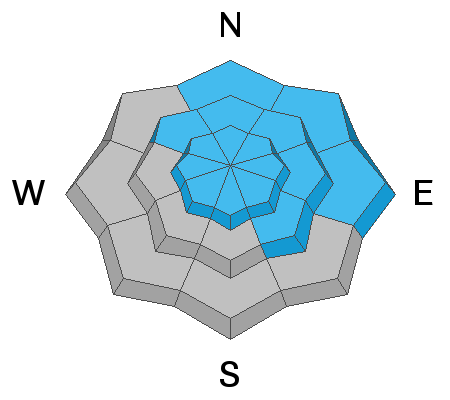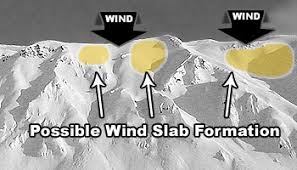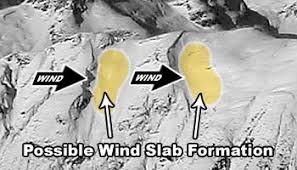We are very sad to report that four skiers were killed in an avalanche in the backcountry in Mill Creek Canyon above Salt Lake City on Saturday.
Preliminary Accident ReportThe UAC in Logan is offering a Youth BC 101 avalanche class for youth aged 16-20 on Feb 21. For more info and to register, click
HERE*DANGEROUS BACKCOUNTRY AVALANCHE CONDITIONS EXIST*
Light snow is falling in the Bear River Range this morning. It's 26°F and there is 53 inches of total snow at the 8400' Tony Grove Snotel, with 72% of normal SWE. West winds are blowing around 25 mph at the 9700' CSI Logan Peak weather station again this morning, and there really isn't much transportable snow left for the wind to drift at upper elevations after several days of very windy conditions. Strong westerly winds over the weekend drifted tremendous quantities of the fresh snow into lee slope avalanche starting zones and cross-loaded drifts in exposed terrain lower down. With widespread layers of preexisting very weak snow, the recent significant increase in load on the fragile snowpack has created dangerous avalanche conditions on drifted slopes in the backcountry.
We went up to Cornice Ridge on 2-8-2021 to check out a large natural hard slab avalanche that occurred overnight Saturday night or early Saturday morning. Wind drifted snow overloaded weak sugary or faceted snow near the ground and tipped the scales before any people could even get out on or under the slope.
It's snowing lightly this morning and more snow is expected today in the mountains, with 2 to 4 inches of accumulation possible. High temperatures at 8500' will be around 26°F, with continuing 20 mph+ west winds. The National Weather Service has issued a
Winter Storm Warning for the Logan Zone, for tonight through tomorrow night, and it looks like a foot to a foot-and-a-half of new snow could accumulate on upper elevation slopes. Westerly winds will continue to be pretty strong, and significant drifting is a sure bet.
A dangerous avalanche situation is likely to develop for the long weekend, with a high avalanche danger in the backcountry and lots of nice powder to lure people into steep avalanche terrain.
A snowpit test on a drifted mid elevation slope on the eastern slope of the Bear River Range showed unstable snow conditions on 2-10-2021. The extended column test was done near a recent remotely triggered avalanche of wind drifted snow at 7600' on an east-northeast facing slope.
Monday (2-8-2021), a rider triggered a 4' deep hard slab avalanche within sight of Hwy 89 and the Bear Lake Overlook. The avalanche did not run very far and did not catch anyone, but illustrates the existing CONSIDERABLE avalanche danger that can be found even in unexpected or unusual places.
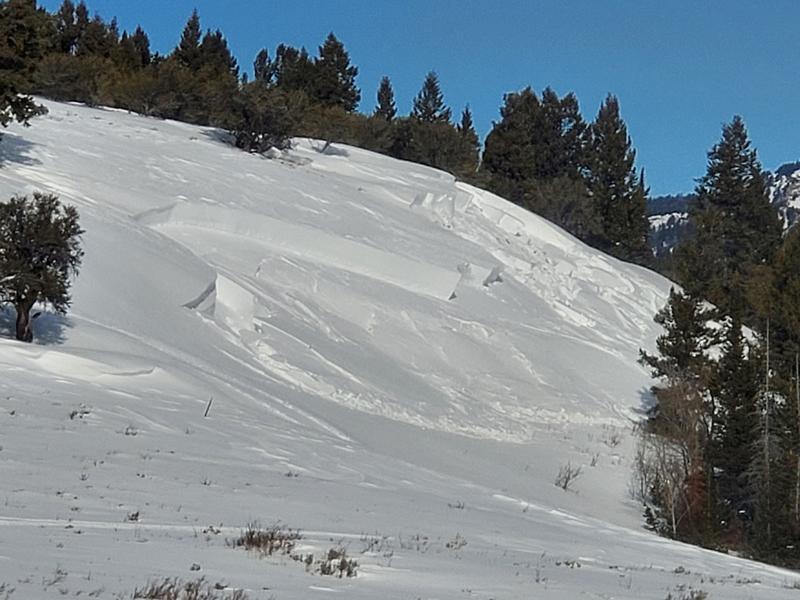
Saturday, backcountry skiers remote triggered a 2' deep and 200' wide avalanche on a fairly low angled slope on the shoulder of Swan Peak (or Bridger Peak) above Bear Lake.
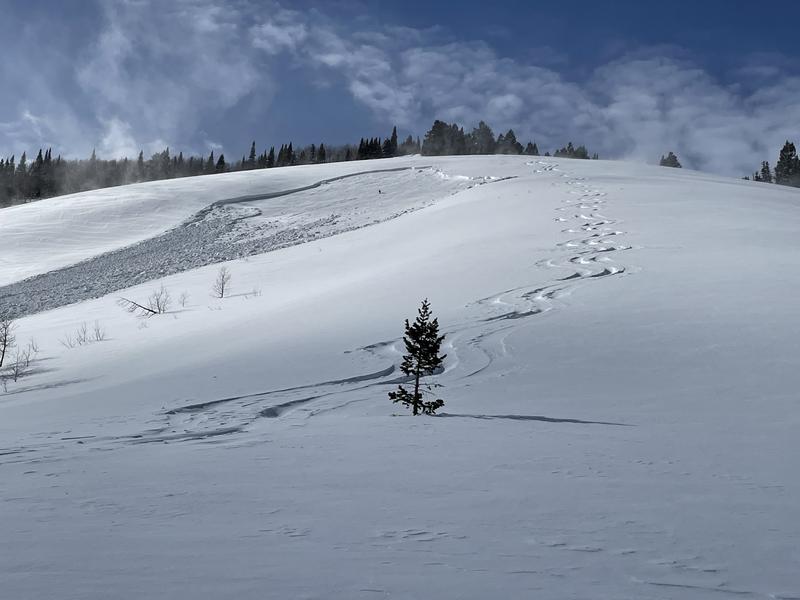
With a bit of clearing, large natural avalanches, likely from during the height of Friday's storm, were observed on Chicken Hill in Bunch Grass, the east face of Wilderness Peak in the Gibson Lakes Area in Franklin Basin, a few miles north of the Idaho State Line, in Steep Hollow, just south of Doubletop Mountain or "Gunsight", off the south ridge of Mt. Magog, and near Mt. Elmer in the Mt. Naomi Wilderness.
A fresher, very large natural avalanche, perhaps from Saturday night or early Sunday morning, was observed Sunday (2-7-2021) on Cornice Ridge.
A huge fresh natural avalanche was observed Sunday (2-7-2021) on Cornice Ridge.






